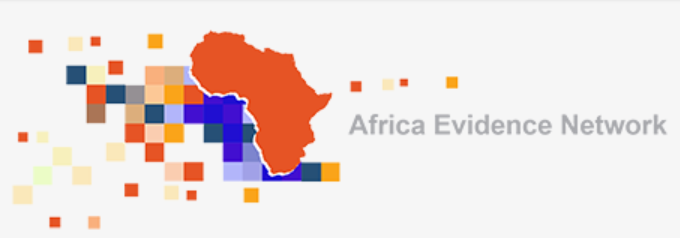
The 6th South African M&E Association conference shows the changing evidence usage landscape. What stood out for me as a data-nerd is: (1) it is the first year that the conference included a strand on Data Analysis, Management & Visualization, (2) multiple workshops on data viz and analysis were hosted and well attended, (3) the conference included a Data Viz Expert – Sara Vaca -as a key note speaker, (4) the conference received in-kind sponsorship from infographic platform, Piktochart. In my perspective it is clear that the evidence generation community is seeing the value and need to increase the capacity of evidence generators to better communicate data.
If we can grow specific skills to help individuals and companies craft and communicate evidence-based findings we can improve inform decision-making and support organizational learning.
In this blog I share some of the lessons from the conference on data generation and usage which can improve how we consolidate and disseminated information:
-
Oscar Baruffa, Jerusha Govender, Stephan Malherbe, Sara Vaca
The first SA TechSalon was hosted by Genesis Analytics on the topic of “How Can Big Data contribute to solving some of Africa’s biggest challenges?” The room was buzzing with discussion on the topic. The lead discussants, Jerusha Govender, Oscar Baruffa and Sara Vaca raised points about the opportunities and gaps in open data, data governance, and analytics. “Big Data” could improve how we answer complex questions through analytics of secondary data sets (e.g. satellite data), and could help us answer questions faster through real-time data generation (e.g. social media data). Here are some useful resources shared
-
Example of Cascade model.
Source: http://www.catie.ca/en/pif/spring-2013/hiv-treatment-cascade-patching-leaks-improve-hiv-preventionUsing a Cascade Model to visualize MMC indicator performance. Genesis Analytics presented a model similar to that of the PEPFAR HIV/AIDS cascade as a means to track progress from a value chain perspective. This helps understand at which point in the chain individuals are lost and which point resources and activities need to be focused. The cascade was presented with data from various sources which does pose some challenges due to variance in denominators and time, but it still is a valuable representation to enhance thinking and discussion based on available data on MMC. This could be adapted to other interventions
- Developing a mobile platform to monitor ECD centers using Open Data Kit. Mobile penetration in South Africa is high – 24% mobile penetration in SA vs 12% in Africa[1]. Mobile connectivity and mobile users are increasing at a rapid rate. So, what does this mean for evidence generation? Mobile systems help in improving speed and location of data collection. This means that evidence can be accessed at a more efficient rate and enhance decision-making. Mobile data collection is not novel, so there are now many open source options which have been tried and tested. Khulisa Management Services used Open Data Kit, which can be used for many other data collection purposes.
- Cloud-based data collection and dashboards using Salesforce. Another option to streamline data collection and access is cloud-based web platforms. VeraSolutions shared great cases on how Salesforce has been used to improve monitoring. Salesforce, as the name implies, has been used by private companies but is accessible to NPOs at a discounted rate. Salesforce is one of many monitoring platforms, so it does become hard to decide it this platform or others best suits you. As the speaker described, we often get trapped in a “this looks cool” or “death by excel” approach to meet our needs of only today or fit our budget constraints. The speaker also shared theses clear aspects to consider when assessing if Salesforce or others best suits your data collection and usage needs:
- Features
- User-friendliness
- Security
- Flexibility
- Interoperability
- Ecosystems
- Cost of ownership over 5 years
- Social Network Analysis (SNA) to assess networking among companies in a shared work space. SNA has been used to assess the nature of and type of networks formed in large data sets (e.g. Twitter and even neural mapping). It can be used to evaluate the relationships in smaller networks. Data Innovator used SNA in shared work space to determine whether the assumed networking among entrepreneurs does occur. This approach is useful very specifically in evaluating networks. The open source software Gephi can be used to generate statistical metrics on your network data, and generates amazing visuals which make complex network data easier to comprehend.
Data Innovator offers services and training to enhance evidence generation and how evidence is disseminated. Our current initiative is the Data Artistry Retreat where we focus specifically on data visualization and story-telling. Details and register on https://thedatainnovator.com/data-artistry/.
[1] http://www.digitalfoundation.org.za/2017/03/global-digital-overview-2017-facts-figures/